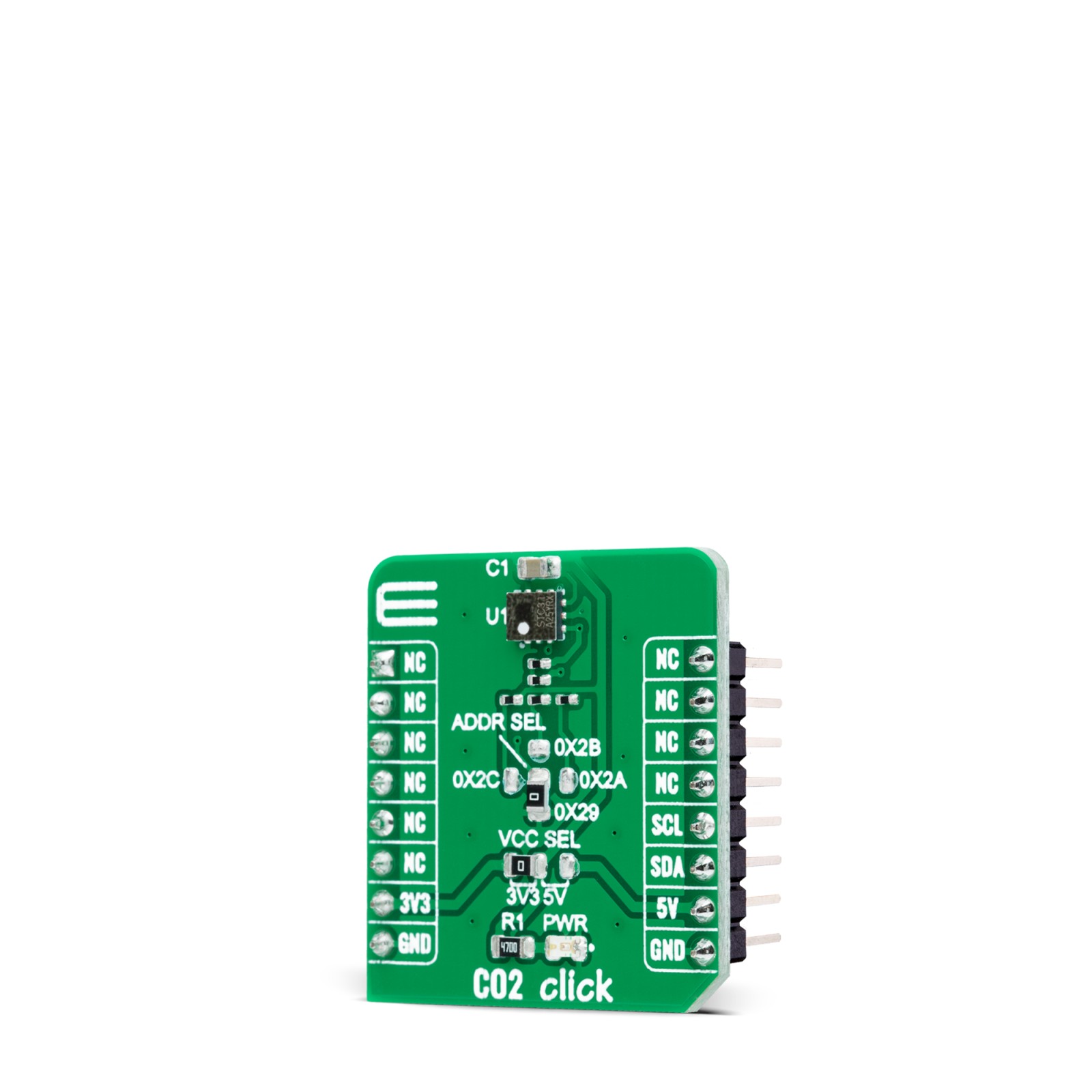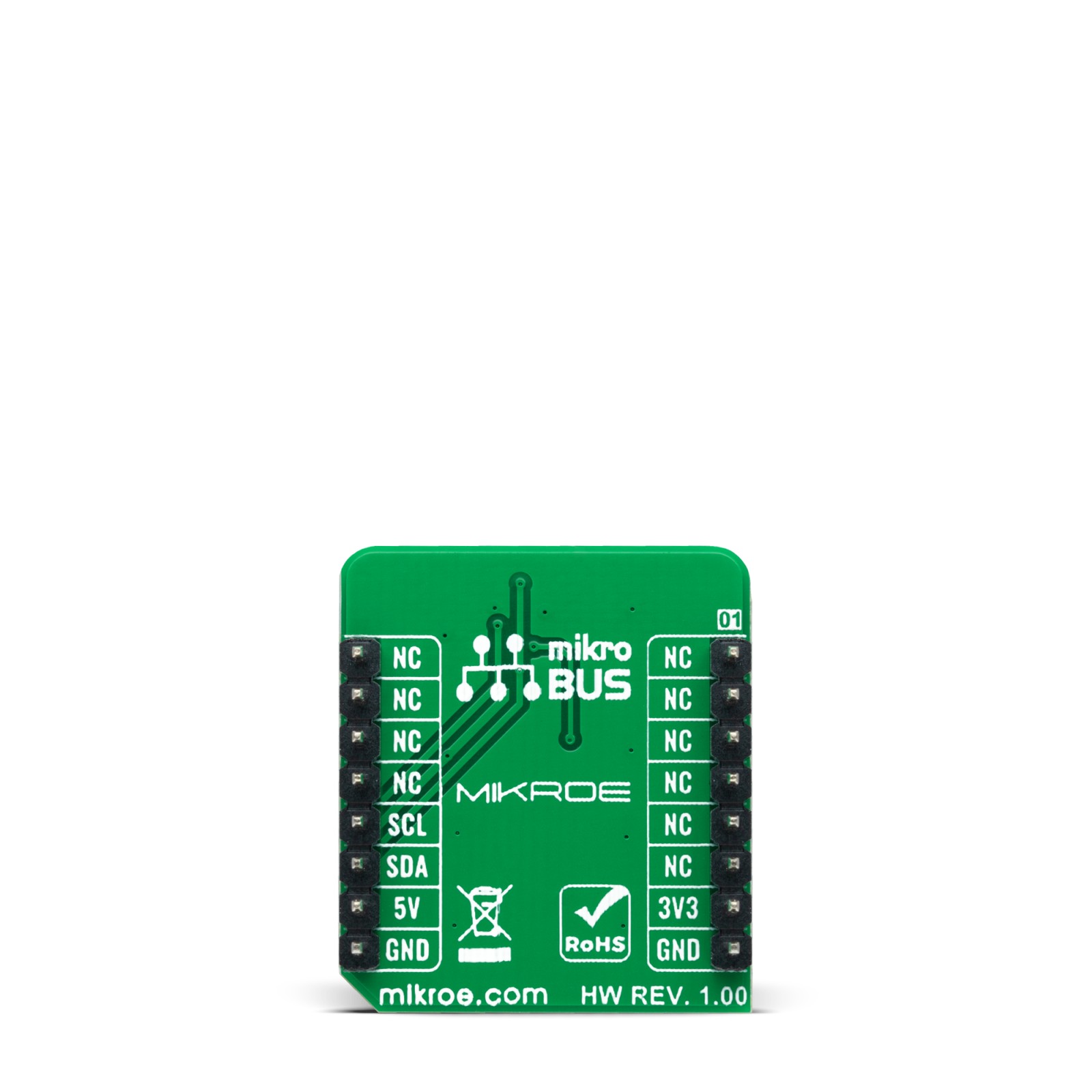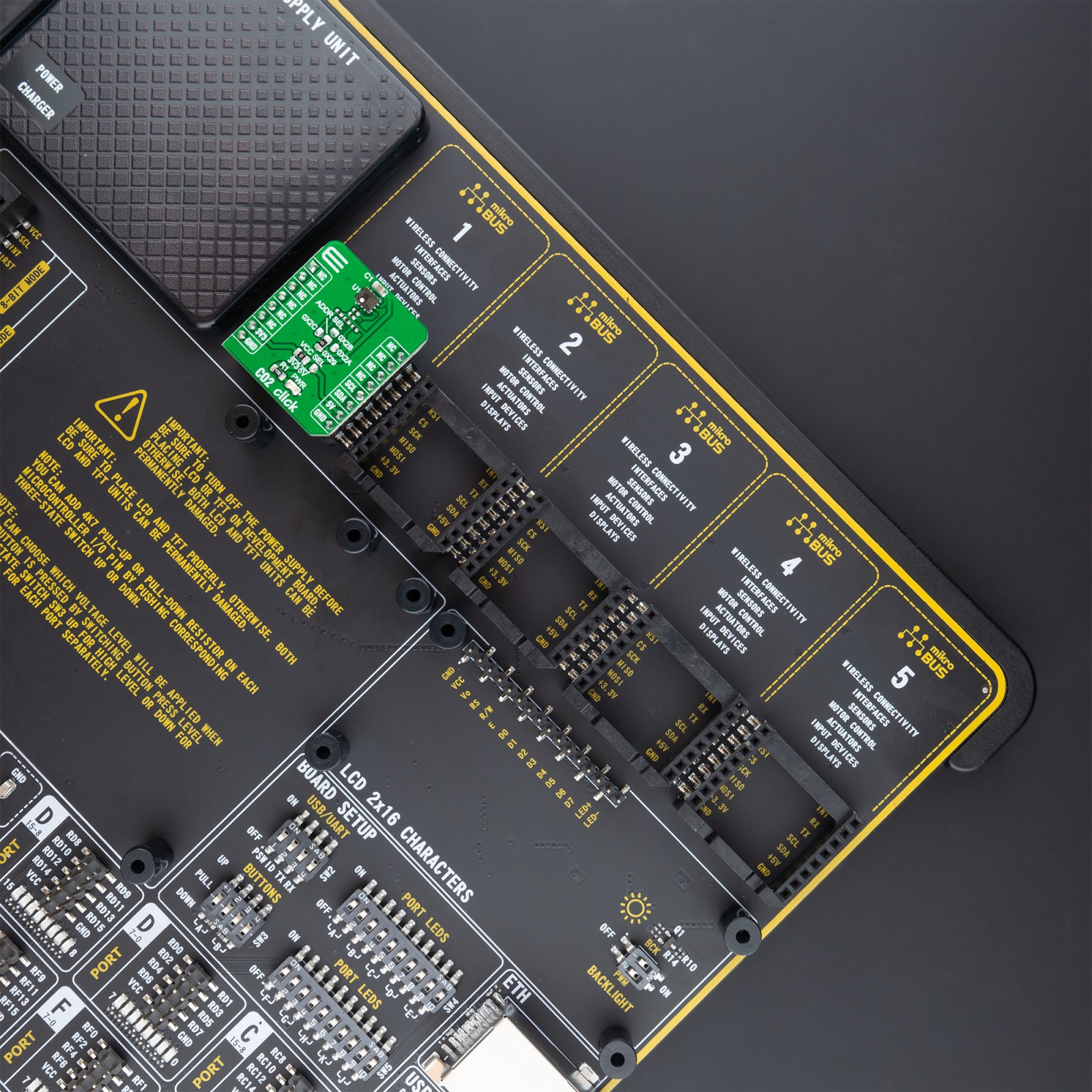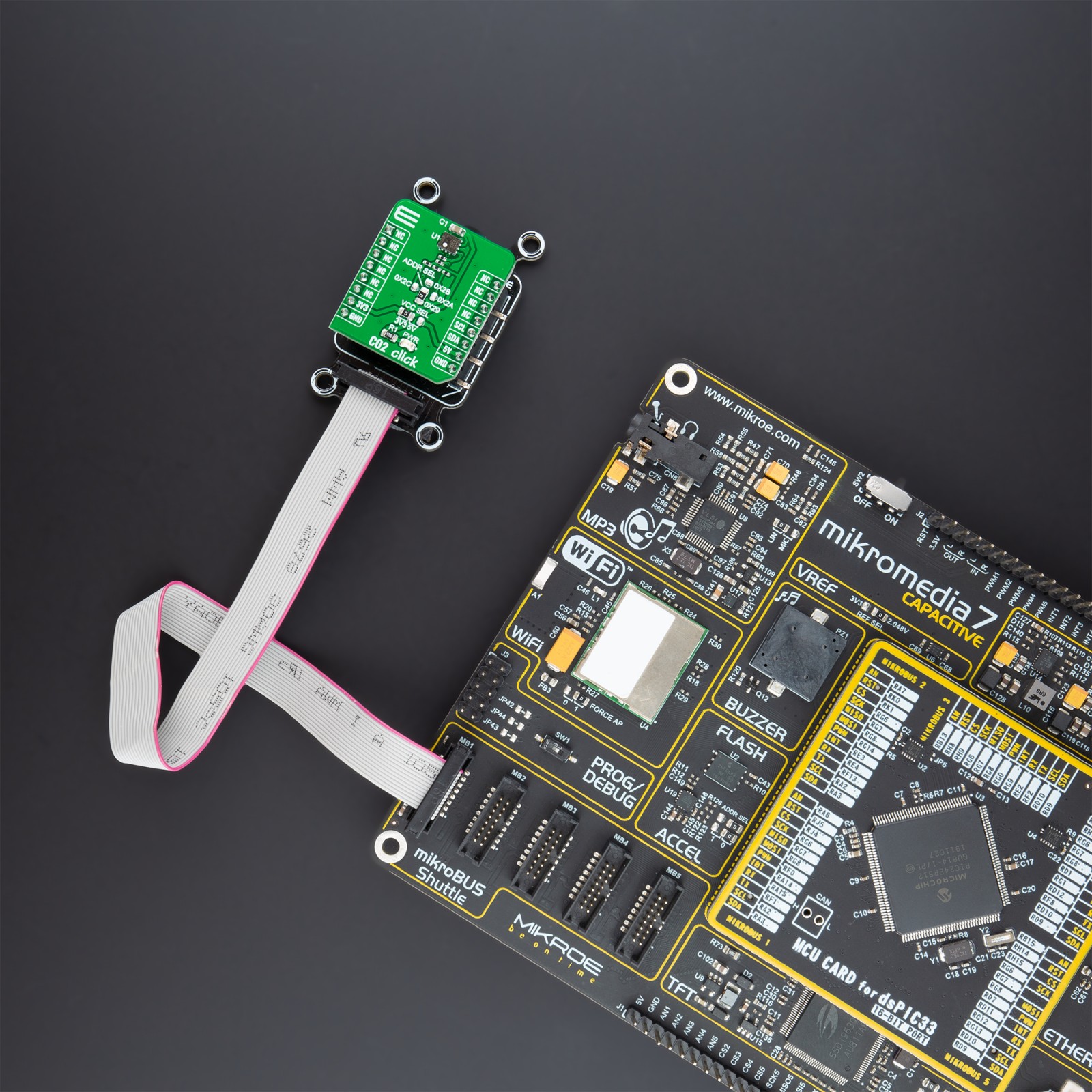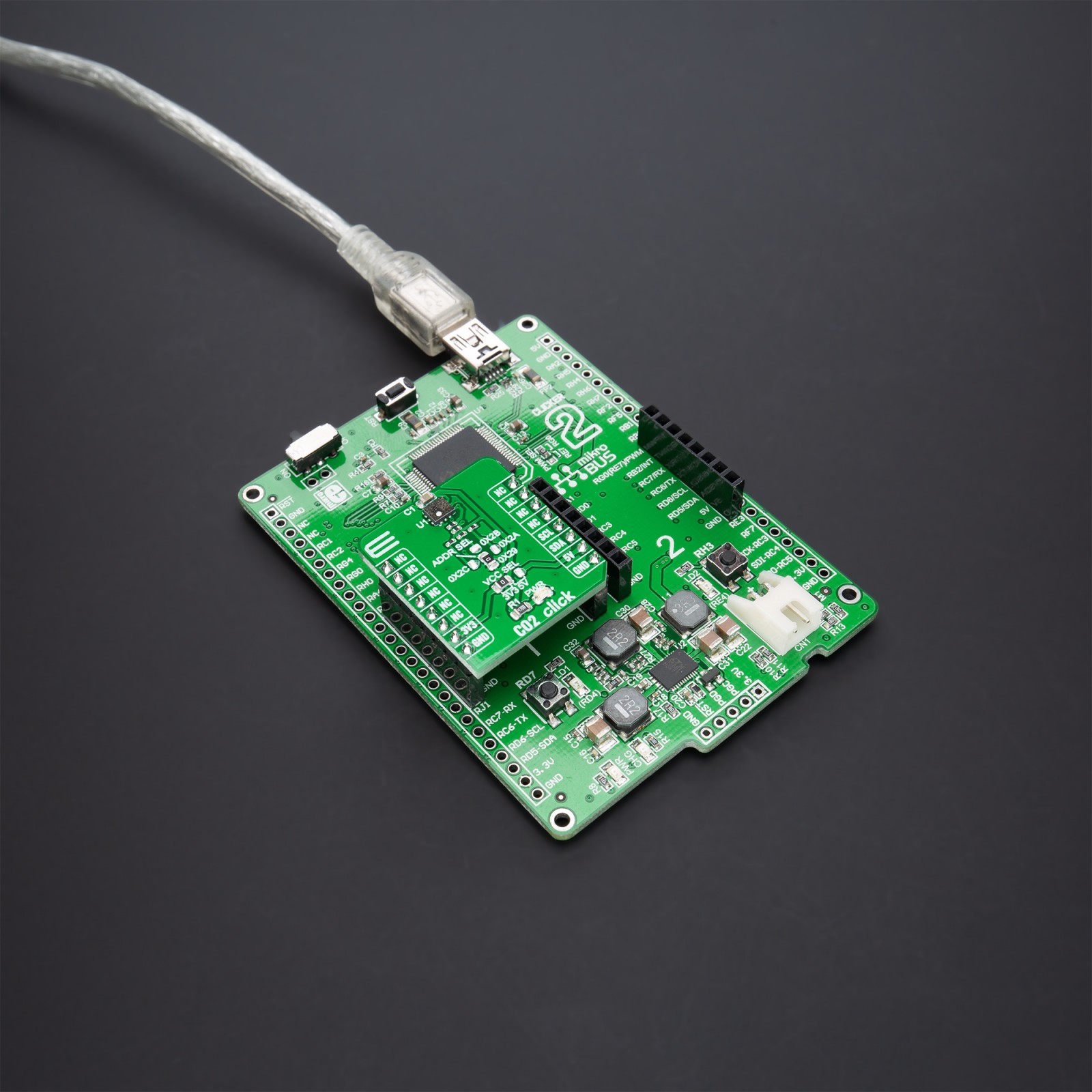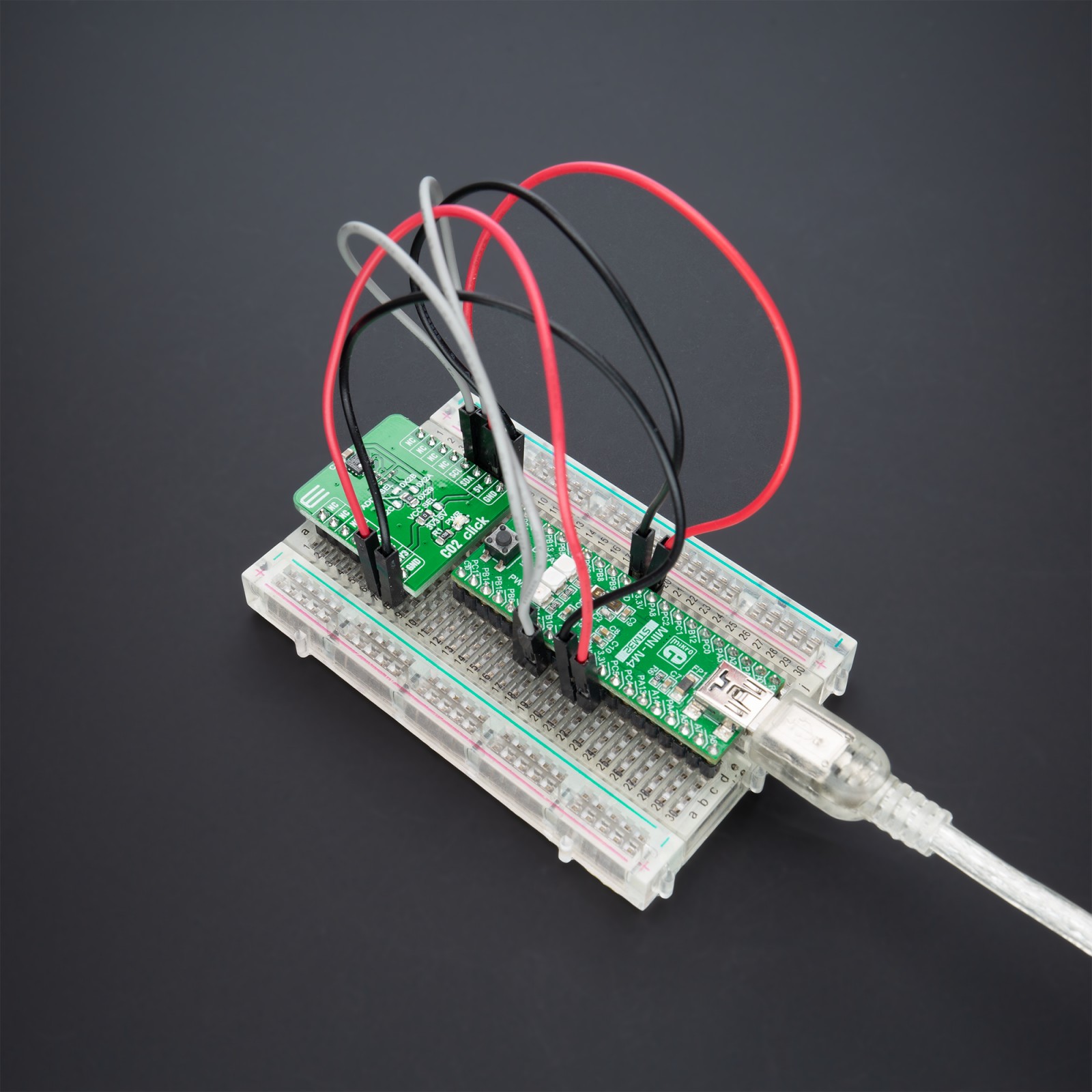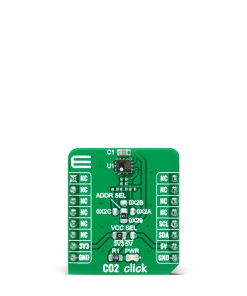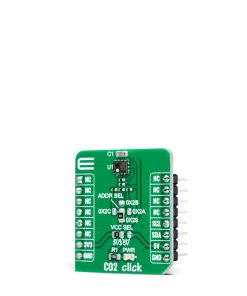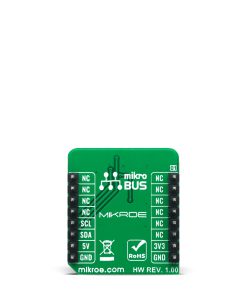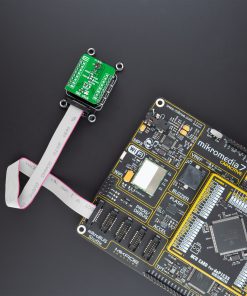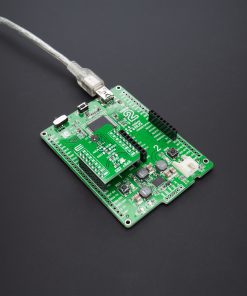-
×
 GSM-GPS Click
2 × R1,350.00
GSM-GPS Click
2 × R1,350.00 -
×
 BUZZ Click
2 × R115.00
BUZZ Click
2 × R115.00 -
×
 MPU 9DOF Click
1 × R550.00
MPU 9DOF Click
1 × R550.00 -
×
 ADC Click
2 × R540.00
ADC Click
2 × R540.00 -
×
 HYDROGEN Click
1 × R335.00
HYDROGEN Click
1 × R335.00 -
×
 Current Click
1 × R315.00
Current Click
1 × R315.00 -
×
 Alcohol Click
1 × R335.00
Alcohol Click
1 × R335.00 -
×
 RTC 2 Click
1 × R465.00
RTC 2 Click
1 × R465.00
Subtotal: R6,010.00


